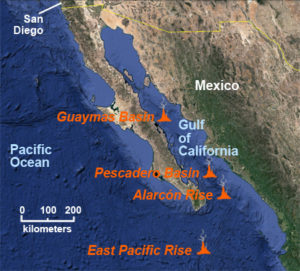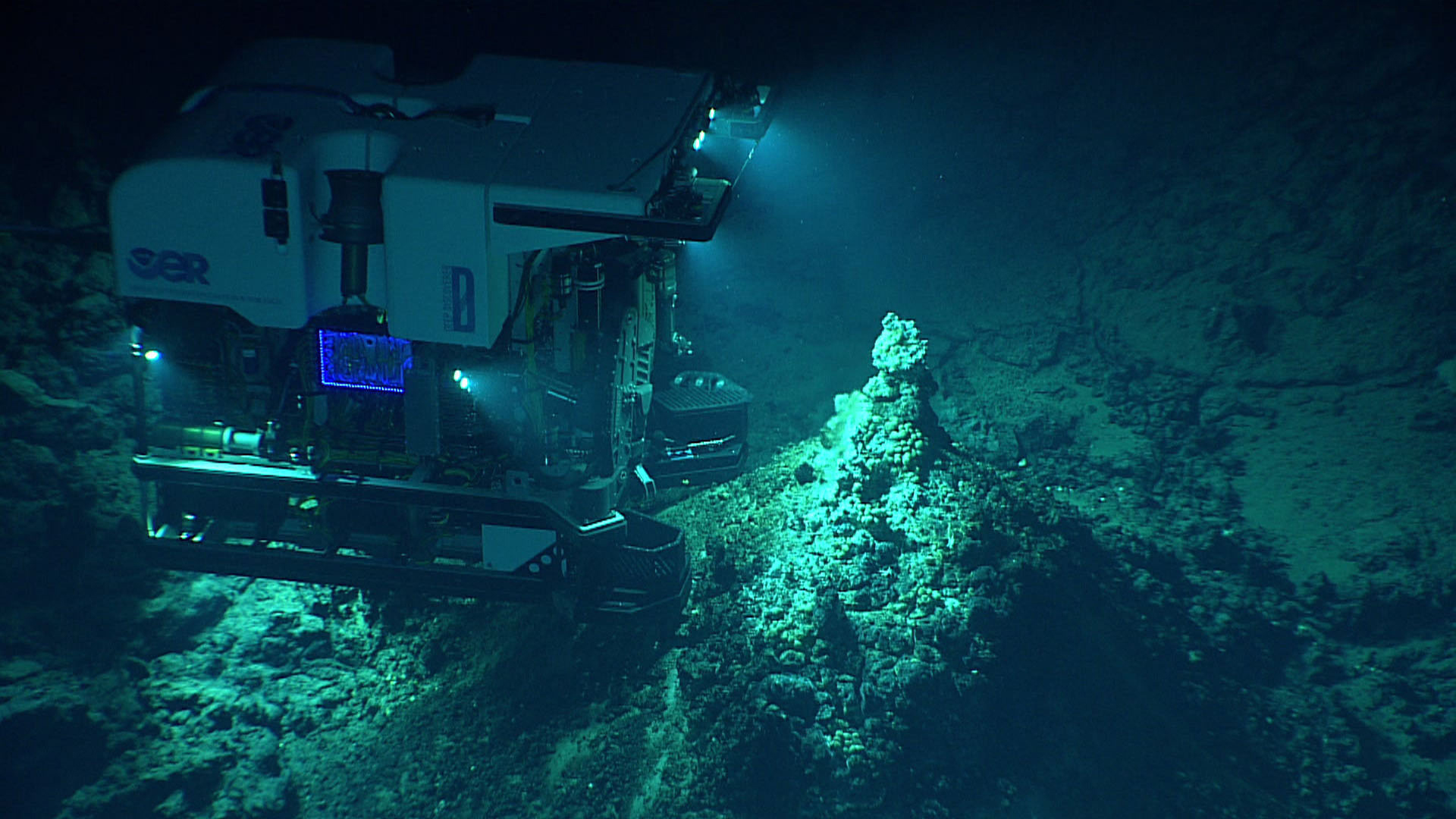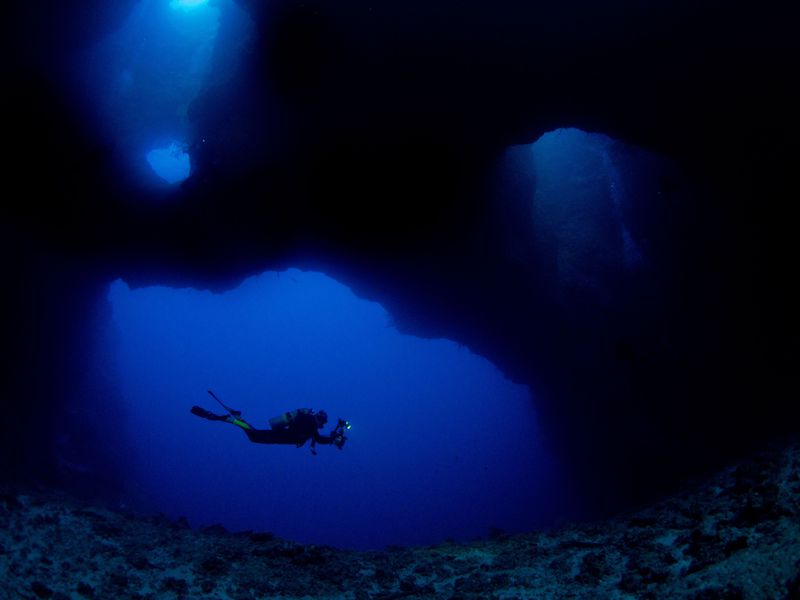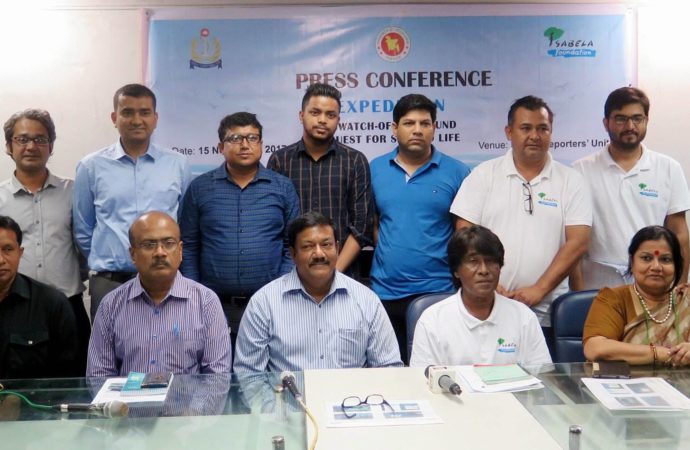A new paper published by scientists from the Monterey Bay Aquarium Research Institute (MBARI) is challenging scientific assumptions on the way deep sea vents are colonized. The study, published in the Proceedings of the Royal Society B, describes two geographically close hydrothermal vent fields that support very different animal communities. Both vents were discovered in the southern Gulf of California since 2012 and, despite being only 75 kilometers apart, share only seven of their combined 61 animal species.

Base map: Google Earth.
Previous thinking amongst scientific circles was that neighboring vents would share similar animal communities, connected by microscopic larvae carried on ocean currents. However, this new paper suggests that local geology and chemistry may play a much more important role in structuring vent communities.
“Just like human cities, the community that forms in a particular area depends not only on who arrives at that location, but also whether the underlying resources are suitable for their success. Variation in these resources, whether physical or chemical, contributes greatly to the diversity of the region, which is important for community stability,” said Shana Goffredi, lead author on the paper, an MBARI adjunct and associate professor at Occidental College.

The researchers assert that their findings are relevant to assessing possible ecological impacts of deep sea mining. Environmental assessments of potential mining areas on or around vent fields must account for the uniqueness of local geology and chemistry and not assume that a common supply of animal larvae will colonize and restore neighboring habitats.
RELATED STUDY: Hydrothermal vent fields discovered in the southern Gulf of California
clarify role of habitat in augmenting regional diversity
S. K. Goffredi et al. Proc. R. Soc. B 2017 284 20170817; Published 19 July 2017
http://rspb.royalsocietypublishing.org/content/284/1859/20170817





